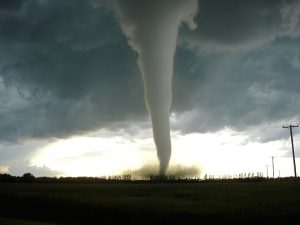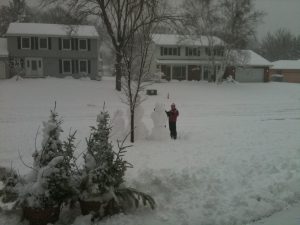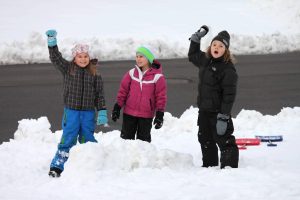5 Personal Reflection (Sara)
Personal Reflection
I chose disaster preparedness and response as the focus of my semester project because of the growing impact that natural disasters have had on communities across the globe, including my own. In recent years, hurricanes, wildfires, floods, and tornadoes have become more frequent and severe, a trend closely linked to the effect of climate change. These events are no longer feeling distant or rare, as they pop up in the news regularly. Both the intensified scale and unpredictability make it more important now than ever to understand how to prepare for and respond quickly to such events.
Tornado
My personal experience with disaster preparedness and response began in 2009, when a tornado unexpectedly stuck my hometown. The disaster occurred while my parents were away, so my siblings and I were home with my grandparents. Despite the unpredictability of the event, we were prepared to respond. When the tornado sirens went off, we immediately took shelter in the basement, where we had emergency supplies like flashlights, food, and water. These safety measures can be traced back to being prepared on knowing the efforts to take to protect ourselves and we responded when the disaster was occurring.

In the aftermath is where the recovery phase began. The tornado tore down all the trees in our front yard, scattered debris into our pool, and cut off power. Our power was restored the next day, and our trees were replanted, showcasing steps in rebuilding normalcy.
Although I may not have known the phases of disaster preparedness and response in the moment, this experience demonstrated each phase. Everyone was safe because we acted. It shows me firsthand how these steps save lives and reduce harm, especially when events are not expected.
Snowstorms
Growing up in Minnesota, snowstorms were a regular part of my life. Even if it seemed like a normal thing, that resulted in fun snow to play in, the steps we took can also be traced back to the disaster preparedness and response phases as mentioned.

To prevent harm, my family took proactive measures. This involves insulating our home to conserve heat and prevent pipes from freezing. We also winterized our cars with proper tires, and we keep at least a half tank of gas in them during cold months.
We are prepared for a storm to hit because we check weather apps regularly. This way, we know when to expect a storm to hit and can plan to stay home. We minimize the risk of an accident by waiting for plows to clear the roads.

When the storm was large enough, schools responded by issuing a snow day. While this disrupted schedules, it was essential in reducing travel and ensuring plows could get the roads plowed in a timely manner.
Once the storm passed, the recovery phase started to restore my hometown back to normalcy. If power was lost, local services worked fast to get it back up and running.
Conclusion
Reflecting on my personal experience with disasters, whether it was a tornado or snowstorm, has deepened my understanding of the importance of disaster preparedness and response. These experiences show me that it is not as complicated as it has to seem and simple actions we take are a part of this plan. They also emphasize that effective disaster management isn’t just the responsibility of emergency responders but starts with individuals being prepared.
